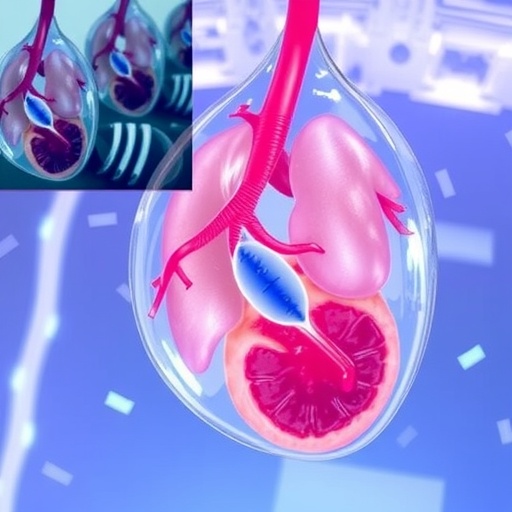Bottom Line: An analysis of hospital visits in California shows trends in injuries inflicted by law enforcement officers in the line of duty and how those injuries were associated with the race and ethnicity of individuals they encountered.
Why The Research Is Interesting: Public concern about the use of police force has heightened but not much data are available about the resulting injuries.
What and When: 92,386 hospital visits in California from 2005 to 2015 were identified as resulting from "legal intervention injuries" (defined in injury codes as being inflicted by police or other law enforcement agents in the course of arresting, attempting to arrest, suppressing disturbances, maintaining order or other legal action)
What (Study Measures and Outcomes): All visits with injury codes classified as legal intervention injuries in men ages 14 to 64; the study analyzed trends in injury rates and disparities across racial and ethnic groups.
How (Study Design): This was an observational study. Researchers were not intervening for purposes of the study and cannot control all the natural differences that could explain the study findings.
Authors: Renee Y. Hsia, M.D., M.Sc., of the University of California, San Francisco, and coauthors
Results: Rates of injuries inflicted by law enforcement officers increased from 2005 to 2009 but declined through 2015, and black individuals were at greatest risk of these injuries per capita. The proportion of these injuries involving firearms, such as shootings by police, declined. In addition, an increasing proportion of emergency department visits associated with legal intervention injuries were associated with co-occuring behavioral health diagnoses.
Study Limitations: Results could have been affected by changes in hospital coding practices; there could be differences across race and ethnicity in reporting to clinicians that police inflicted the injury; and the study cannot determine in instances where force was used whether it was excessive.
###
Related Material: The invited commentary, "Understanding Police Use of Force via Hospital Administrative Data: Prospects and Problems," by Ojmarrh Mitchell, Ph.D., of the University of South Florida, Tampa, also is available on the For The Media website.
To Learn More: The full study is available on the For The Media website.
(doi:10.1001/jamanetworkopen.2018.2150)
Editor's Note: Please see the article for additional information, including other authors, author contributions and affiliations, financial disclosures, funding and support, etc.
Want to embed a link to this study in your story?: Links will be live at the embargo time http://jamanetwork.com/journals/jamanetworkopen/fullarticle/10.1001/jamanetworkopen.2018.2150
About JAMA Network Open: JAMA Network Open is the new online-only open access general medical journal from the JAMA Network. Every Friday, the journal publishes peer-reviewed clinical research and commentary in more than 40 medical and health subject areas. Every article is free online from the day of publication.
Media Contact
Elizabeth Fernandez
[email protected]
@JAMANetworkOpen




